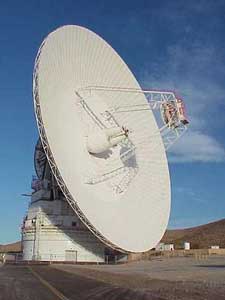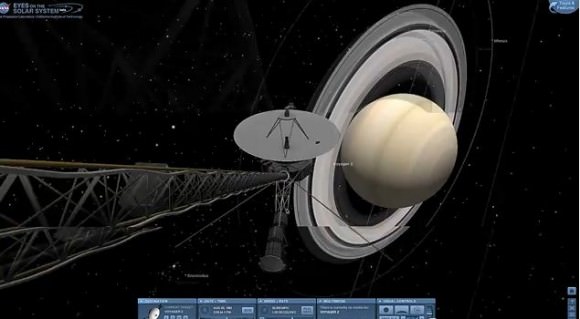How do scientists and engineers communicate with their spacecraft? All the robotic missions going to various points in our Solar System wouldn’t be possible if not for the Deep Space Network. And now there’s a fun new tool to watch how that communication works.
DSN Now is a live visualization of NASA’s Deep Space Network usage and which spacecraft the various antennae are talking to.
It shows realtime data of which of the three antenna complexes are being used to communicate with the various missions, how far away the spacecraft are, and various other details about data rates, speeds and modes. DSN Now is from NASA’s wonderful Eyes on the Solar System website (which uses real data to provide simulated 3-D views from of the Solar System). DSN Now came online today, March 14, 2014.
The Deep Space Network is not only used for sending commands and receiving data, but also for orbit determination, which is keeping track of where the spacecraft are with radiometric tracking data so that spacecraft navigators can get probes exactly where the scientists want them to go. The three 70-meter antennas, located at the DSN complexes at Goldstone, California, Madrid, Spain, and Canberra, Australia.
You can check out DSN Now here.



